-
 Bitcoin
Bitcoin $118400
0.47% -
 Ethereum
Ethereum $3836
2.20% -
 XRP
XRP $3.157
2.98% -
 Tether USDt
Tether USDt $0.9999
-0.03% -
 BNB
BNB $801.5
1.31% -
 Solana
Solana $180.9
2.07% -
 USDC
USDC $0.9999
-0.02% -
 Dogecoin
Dogecoin $0.2225
2.50% -
 TRON
TRON $0.3285
-1.02% -
 Cardano
Cardano $0.7789
2.60% -
 Hyperliquid
Hyperliquid $43.60
2.39% -
 Sui
Sui $3.892
4.41% -
 Stellar
Stellar $0.4229
3.34% -
 Chainlink
Chainlink $18.01
3.98% -
 Hedera
Hedera $0.2745
6.77% -
 Bitcoin Cash
Bitcoin Cash $582.3
3.38% -
 Avalanche
Avalanche $23.77
1.04% -
 Ethena USDe
Ethena USDe $1.001
0.01% -
 Toncoin
Toncoin $3.493
3.59% -
 Litecoin
Litecoin $110.0
2.48% -
 UNUS SED LEO
UNUS SED LEO $8.936
-0.37% -
 Shiba Inu
Shiba Inu $0.00001304
2.49% -
 Uniswap
Uniswap $9.999
1.09% -
 Polkadot
Polkadot $3.897
3.26% -
 Monero
Monero $308.6
-0.83% -
 Dai
Dai $0.9999
-0.01% -
 Bitget Token
Bitget Token $4.504
-0.04% -
 Pepe
Pepe $0.00001154
2.95% -
 Cronos
Cronos $0.1471
3.06% -
 Ethena
Ethena $0.6691
19.53%
What does it mean that the three KDJ lines suddenly diverge after a narrow range of fluctuations?
A sudden KDJ divergence after tight consolidation signals potential breakout momentum in crypto, especially when confirmed by volume and price action.
Jul 30, 2025 at 08:44 am
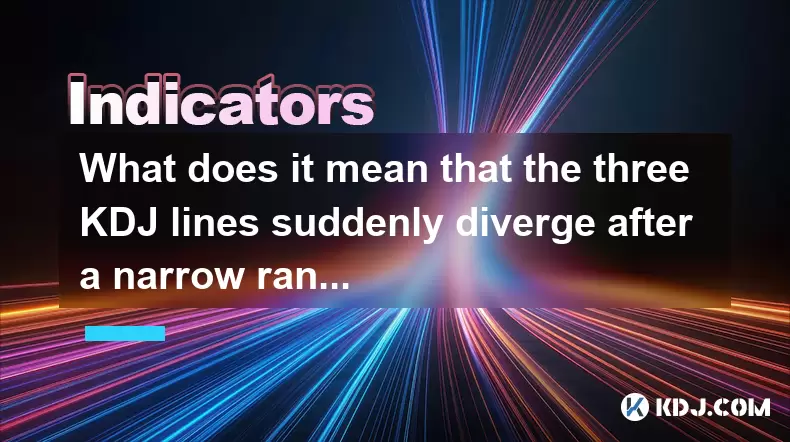
Understanding KDJ Indicator Basics in Cryptocurrency Trading
The KDJ indicator is a momentum oscillator widely used in cryptocurrency technical analysis to identify overbought or oversold conditions and potential trend reversals. It consists of three lines: the %K line, the %D line, and the %J line. The %K line reflects the current closing price relative to the high-low range over a specified period, typically 9 periods. The %D line is a moving average of the %K line, usually a 3-period simple moving average, making it smoother. The %J line is calculated as 3 × %K – 2 × %D, making it the most sensitive and volatile of the three.
In a typical trading scenario, these three lines move in close proximity, especially during consolidation phases. When the price of a cryptocurrency like Bitcoin or Ethereum enters a narrow trading range, the KDJ lines often converge, meaning they cluster closely together. This convergence suggests market indecision and low volatility. Traders interpret this as a period of equilibrium where neither bulls nor bears are in control.
What Happens When KDJ Lines Diverge Suddenly?
A sudden divergence among the KDJ lines after a period of tight fluctuation signals a potential shift in market momentum. This divergence typically occurs when one or more of the lines begin to move sharply apart from the others. For example, the %K line might rise rapidly, crossing above the %D line, while the %J line shoots upward, indicating a surge in bullish momentum. Alternatively, the %K and %J lines may plunge below the %D line, suggesting bearish pressure is building.
This kind of divergence is often interpreted as a breakout signal from consolidation. In the context of cryptocurrency markets, which are highly sensitive to news and macroeconomic factors, such a divergence can be triggered by sudden volume spikes, whale movements, or exchange-specific events. The key is that the divergence breaks the equilibrium established during the narrow range, implying that a directional move may be imminent.
How to Identify and Confirm the Divergence
To identify this pattern accurately, traders should follow these steps:
- Set up the KDJ indicator on a cryptocurrency trading chart (e.g., Binance, Bybit, or TradingView) with standard parameters: 9, 3, 3.
- Observe the chart for a period where the three KDJ lines remain tightly grouped, typically within a 20-point range (e.g., between 30 and 70).
- Watch for a sudden separation of the %J line from the %K and %D lines—this is often the first visible sign.
- Confirm the divergence by checking whether the price begins to break out of its previous range, accompanied by increased trading volume.
- Cross-verify with volume indicators or moving averages to reduce false signals.
It is crucial to avoid acting on the divergence alone. For example, if the %J line spikes above 100 but the price remains flat, it may be an overextension rather than a valid breakout. Conversely, if the price and KDJ divergence align, especially near key support or resistance levels, the signal gains strength.
Interpreting Bullish vs. Bearish Divergence
Not all divergences are the same. The direction of the divergence determines its implication:
- Bullish divergence occurs when the KDJ lines, after a narrow range, suddenly move upward, with the %K crossing above %D and the %J line rising sharply above 100. This often happens near oversold levels (below 20) and suggests accumulating pressure from buyers.
- Bearish divergence is when the lines diverge downward—%K drops below %D, and %J plunges below 0. This commonly appears after a consolidation near overbought zones (above 80) and may indicate profit-taking or distribution by large holders.
In cryptocurrency trading, bearish divergences can be particularly sharp due to the prevalence of leveraged positions. A sudden drop in momentum can trigger cascading liquidations, accelerating the downward move. Traders should monitor funding rates and open interest on futures markets to assess whether a bearish divergence might lead to a deeper correction.
Practical Steps to Trade the KDJ Divergence Signal
When a divergence appears after a narrow fluctuation range, traders can consider the following actions:
- Wait for confirmation: Do not enter a trade immediately. Wait for the price to close outside the consolidation range and for volume to increase.
- Set entry points: For bullish divergence, place a buy order slightly above the recent high of the consolidation. For bearish divergence, set a sell or short order below the recent low.
- Use stop-loss orders: Place a stop-loss just inside the consolidation zone to limit risk if the breakout fails.
- Take profit levels: Use Fibonacci extensions or recent swing highs/lows to determine realistic profit targets.
- Monitor for fakeouts: Cryptocurrency markets are prone to whale manipulation and stop hunts. A divergence followed by a quick reversal may indicate a trap.
For example, on a 4-hour BTC/USDT chart, if the KDJ lines have been coiled between 40 and 60 for 12 hours and suddenly the %J line jumps to 120 while price breaks above a key resistance at $62,000, a long position with a stop at $61,500 and target at $63,500 could be justified.
Common Misinterpretations and Pitfalls
Many traders misread KDJ divergences due to lack of context. A divergence during a strong downtrend may not lead to a reversal but instead signal a brief pullback before continuation. Similarly, in a sideways market, repeated divergences can occur without significant price movement, leading to whipsaw losses.
Another pitfall is ignoring the timeframe. A divergence on a 5-minute chart may be noise, while the same pattern on a daily chart carries more weight. Always align the KDJ signal with higher-timeframe trends. Also, avoid using KDJ in isolation—combine it with RSI, MACD, or Bollinger Bands for better accuracy.
FAQs
What does it mean if only the %J line diverges while %K and %D remain flat?
A solo %J line move often reflects extreme short-term momentum but lacks confirmation from the smoother %K and %D lines. This could be a false signal, especially if volume is low. Wait for %K to cross %D before acting.
Can KDJ divergence predict tops and bottoms in crypto markets?
Yes, but with caution. Divergence near overbought or oversold levels can indicate potential reversals, but crypto markets can remain overextended for extended periods. Always use price action and volume for confirmation.
Is KDJ more effective on certain cryptocurrencies?
KDJ tends to work better on high-liquidity assets like BTC and ETH, where price movements are less prone to manipulation. On low-cap altcoins, erratic price swings can generate misleading signals.
How do I adjust KDJ settings for different timeframes?
For shorter timeframes (e.g., 5-minute), use smaller periods like 5, 2, 2 to increase sensitivity. For daily charts, stick to 9, 3, 3 or even 14, 3, 3 for smoother readings. Adjust based on volatility and backtest results.
Disclaimer:info@kdj.com
The information provided is not trading advice. kdj.com does not assume any responsibility for any investments made based on the information provided in this article. Cryptocurrencies are highly volatile and it is highly recommended that you invest with caution after thorough research!
If you believe that the content used on this website infringes your copyright, please contact us immediately (info@kdj.com) and we will delete it promptly.
- Ozak AI: Can This Underdog Crypto Achieve a Bull Run to $1?
- 2025-07-31 22:30:12
- Coinbase Breach: Navigating Insider Risk and Bolstering Security
- 2025-07-31 23:11:55
- Bitcoin Rebounds, WeWake Presale Gains Traction: What's the Buzz?
- 2025-07-31 22:30:12
- Bitcoin, Altcoins, and Volume Watchlists: Decoding the Crypto Landscape
- 2025-07-31 23:11:55
- Tron, Fartcoin, and BlockchainFX: What's Trending (and What's Not) in the Crypto World
- 2025-07-31 21:32:19
- Bitcoin, Corporate Investments, and Sustainability: A New Era or Fleeting Fad?
- 2025-07-31 20:50:14
Related knowledge

How can you use the MACD histogram to determine trend strength?
Jul 31,2025 at 11:10pm
Understanding the MACD Histogram and Its ComponentsThe MACD (Moving Average Convergence Divergence) histogram is a visual representation of the differ...
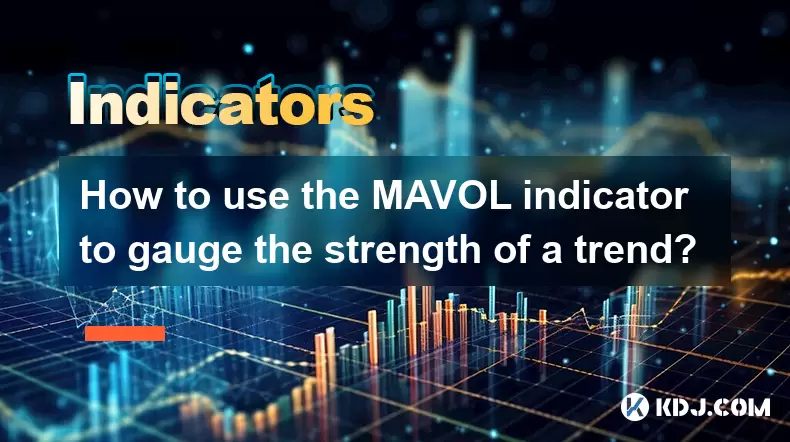
How to use the MAVOL indicator to gauge the strength of a trend?
Jul 31,2025 at 09:57pm
Understanding the MAVOL Indicator in Cryptocurrency TradingThe MAVOL indicator, short for Moving Average of Volume, is a technical analysis tool widel...
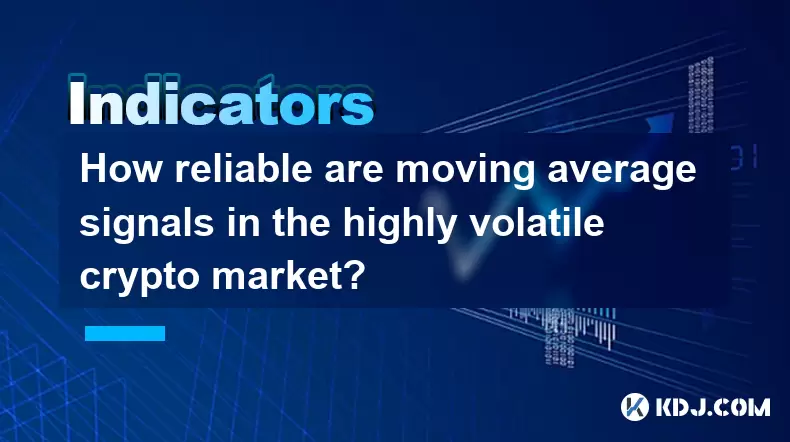
How reliable are moving average signals in the highly volatile crypto market?
Jul 31,2025 at 08:36pm
Understanding Moving Averages in Cryptocurrency TradingMoving averages (MAs) are among the most widely used technical indicators in the cryptocurrency...
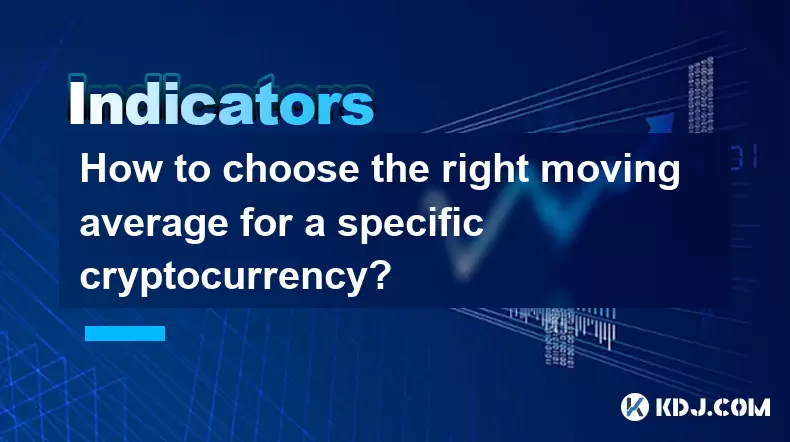
How to choose the right moving average for a specific cryptocurrency?
Jul 31,2025 at 10:29pm
Understanding the Role of Moving Averages in Cryptocurrency TradingMoving averages are foundational tools in technical analysis, widely used by crypto...
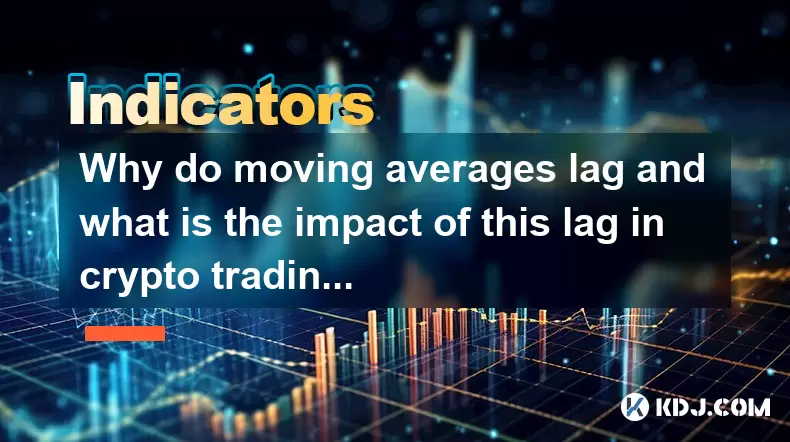
Why do moving averages lag and what is the impact of this lag in crypto trading?
Jul 31,2025 at 08:07pm
Understanding the Concept of Moving Averages in Crypto TradingMoving averages are among the most widely used technical indicators in cryptocurrency tr...
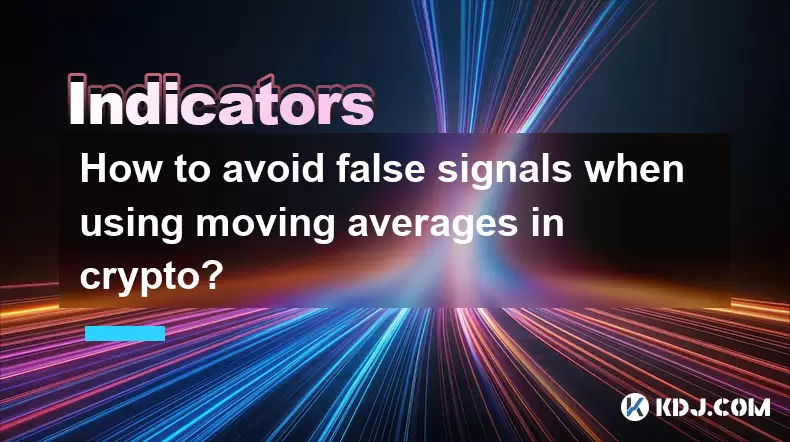
How to avoid false signals when using moving averages in crypto?
Jul 31,2025 at 11:29pm
Understanding Moving Averages in Cryptocurrency TradingMoving averages are among the most widely used technical indicators in the cryptocurrency marke...

How can you use the MACD histogram to determine trend strength?
Jul 31,2025 at 11:10pm
Understanding the MACD Histogram and Its ComponentsThe MACD (Moving Average Convergence Divergence) histogram is a visual representation of the differ...

How to use the MAVOL indicator to gauge the strength of a trend?
Jul 31,2025 at 09:57pm
Understanding the MAVOL Indicator in Cryptocurrency TradingThe MAVOL indicator, short for Moving Average of Volume, is a technical analysis tool widel...

How reliable are moving average signals in the highly volatile crypto market?
Jul 31,2025 at 08:36pm
Understanding Moving Averages in Cryptocurrency TradingMoving averages (MAs) are among the most widely used technical indicators in the cryptocurrency...

How to choose the right moving average for a specific cryptocurrency?
Jul 31,2025 at 10:29pm
Understanding the Role of Moving Averages in Cryptocurrency TradingMoving averages are foundational tools in technical analysis, widely used by crypto...

Why do moving averages lag and what is the impact of this lag in crypto trading?
Jul 31,2025 at 08:07pm
Understanding the Concept of Moving Averages in Crypto TradingMoving averages are among the most widely used technical indicators in cryptocurrency tr...

How to avoid false signals when using moving averages in crypto?
Jul 31,2025 at 11:29pm
Understanding Moving Averages in Cryptocurrency TradingMoving averages are among the most widely used technical indicators in the cryptocurrency marke...
See all articles

























































































